Giżycko (formlery known as Lötzen) is the largest city on the Great Masurian Lakes and proudly bears the title “Sailing Capital of Poland”. Many people visit Giżycko mainly because of the beach, the canal with its swing bridge and its beautiful location on Lake Niegocin. However, the city also offers one of the most historically interesting sights of the region, an old Prussian fortress. In this article we would like to introduce you to Boyen Fortress in more detail.
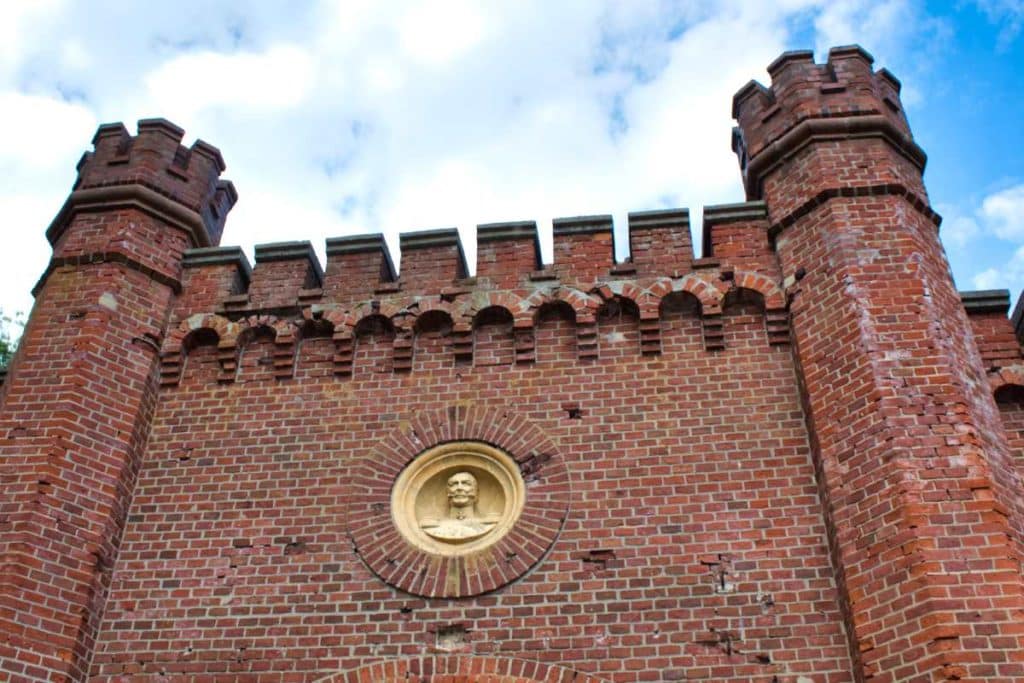
The history of the Boyen Fortress
Here, in the former border area between Prussia and Russia, an approximately 100 hectare facility was built between 1844 and 1875 under King Frederick William IV, strategically located on the isthmus between Lake Niegocin and Lake Kisajno. Boyen was part of a whole series of fortifications designed to secure this militarily sensitive area against a threatening Russian attack. The initiator was the Prussian Minister of War at the time, Hermann von Boyen, who is considered the founder of general conscription in Prussia and who still gives the fortress its name. General Ernst Ludwig von Aster, who had already distinguished himself with the construction of modern fortifications along the Rhine, and Colonel Johann von Bress-Winiary were commissioned with the planning of the complex.
Structure of the fortress
A gigantic complex in the shape of a star with seven points was created, secured by walls and ditches and strategically ideally located on a hill. Six bastions, countless barracks and farm buildings comprised the construction, for which a total of around 16 million bricks were required. The huge investment was to pay off. Although warfare developed rapidly between the mid-19th century and the First World War and many fortresses lost importance due to new artillery technology, Fort Boyen proved to be impregnable.
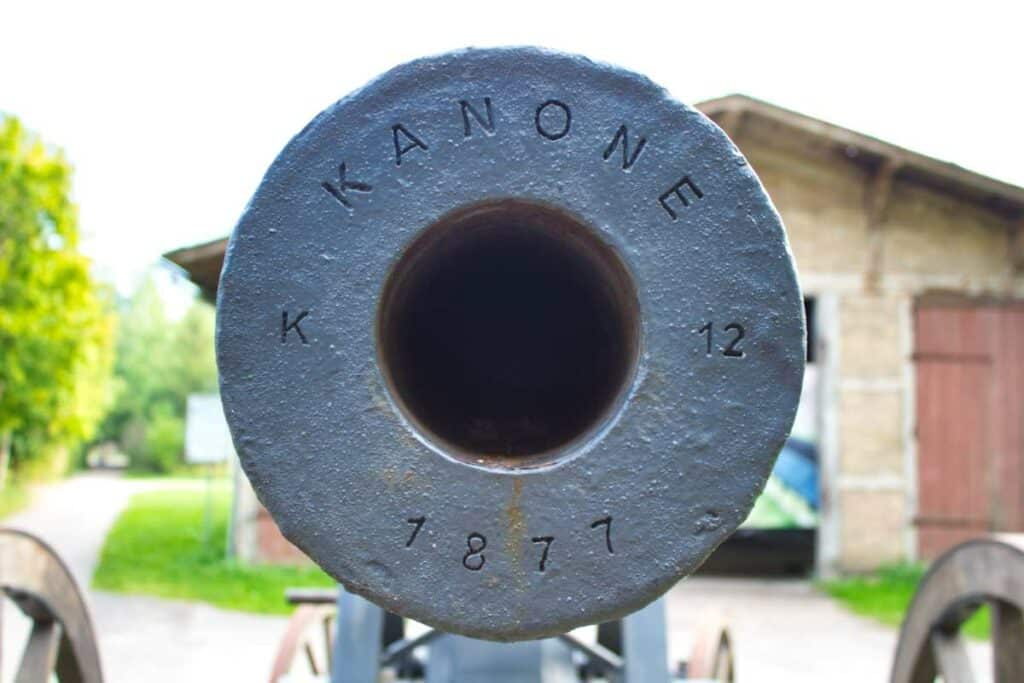
The fortress in World War I
In 1914, during the advance of Russian troops on East Prussia, Boyen was under siege, but could not be taken. Colonel Busse, the commander of the fortress, refused the demand to surrender with the words “the fortress Boyen will be handed over only as a heap of ruins”. The attack could not harm the bastions and so the fortress still stands on the outskirts of Giżycko. Not only could the fortress withstand an attack, it also ensured that the troops under General Kondratev had to make a huge detour around Lake Spirding to be able to assist the Narew Army under General Samsonov.

The Second World War: Russian troops on the side of the Germans
During World War II, the facility was then used by the Abwehr, the German intelligence service under Admiral Canaris. It was here that an episode of the Second World War, unknown to many, took place: German POW camps held millions of Soviet prisoners. In view of the accelerating German territorial losses in the East, attempts were made to recruit some of them for German purposes (often the only way out of surviving the disastrous conditions inside the POW camps).
Under General Vlasov, a new force was initiated here, the so-called Russian Liberation Army, which existed from November 1944 to May 1945. Formally subordinated to the Wehrmacht, the army, which was at times around 100,000 strong, was stationed in the Swabian Jura and Denmark, among other places, and fought on the side of the Nazis against the Soviet Union, but also in Belgium, Italy, France and Finland. After the end of World War II, the members of the Vlasov Army were mostly deported to Siberian labor camps after returning home, while their leaders were executed.
Towards the end of the Second World War, a total of 18,000 (!) German soldiers were still stationed in Feste Boyen, but it was ultimately evacuated without a fight in the face of the rapid advance of the Red Army, so that it still looks exactly the same today as it did when it was built almost 200 years ago. Interesting historical detail: the fortress also had a laboratory where the food quality of the meals that Hitler and his henchmen ate in the Wolf’s Lair was tested (in the article on this we describe the Wolf’s Lair and its history, but also other German facilities in detail).
The time after the war
After the Second World War, the site was handed over to the Polish Army. The latter partially left the area to some state-owned companies, which produced foodstuffs here. Most of them were liquidated in 1989. After the army left after the fall of communism, the site was open to everyone. What sounds nice, unfortunately led to the fact that many things were destroyed, whole carousals took place in the fortress. Since 1994, however, a very dedicated association has been looking after the Boyen Fortress, taking care of the grounds and also maintaining the museum.
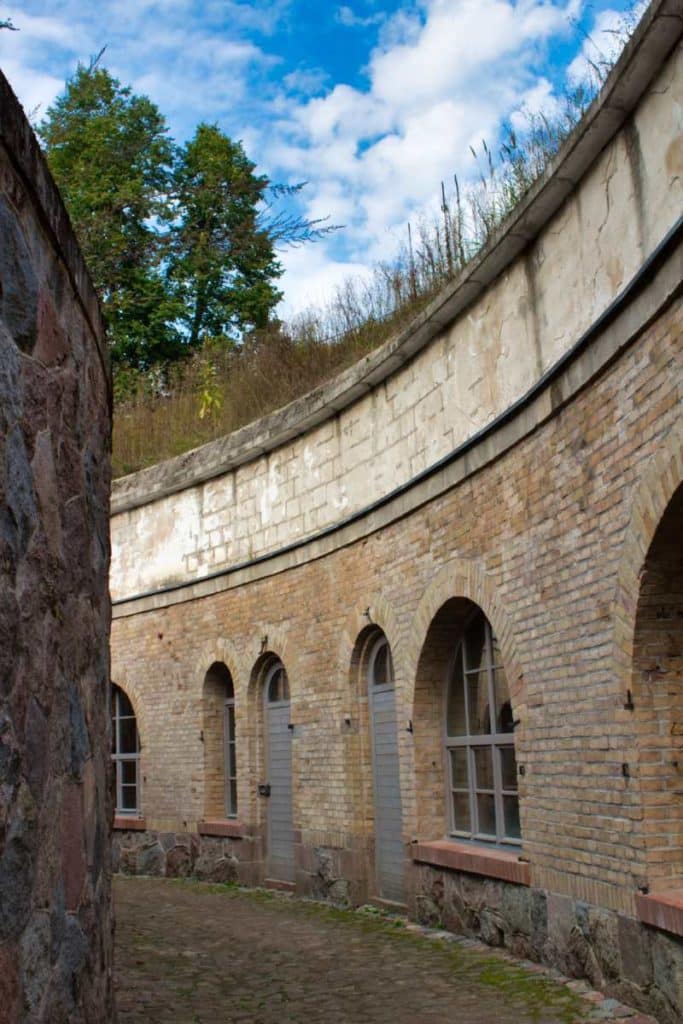
Structure of Boyen Fortress
The Boyen fortress is built in a star shape like a Vauban fortress. There are six bastions in total, which still bear the names Leopold, Ludwig and Hermann (Boyen’s first names) as well as Law, Sword and Light. The complex is surrounded by a huge brick wall, which is still in excellent condition today. Approaching the complex from the outside, one first encounters various guard installations. This is followed by several barracks scattered around the area, located above a depression that somewhat resembles a volcanic crater.
Inside this “crater” there are various buildings, some of which had a military significance, but some of which also served to supply the soldiers with food. But also the underground was used, among other things, there is a powder laboratory, several shelters and administrative buildings.
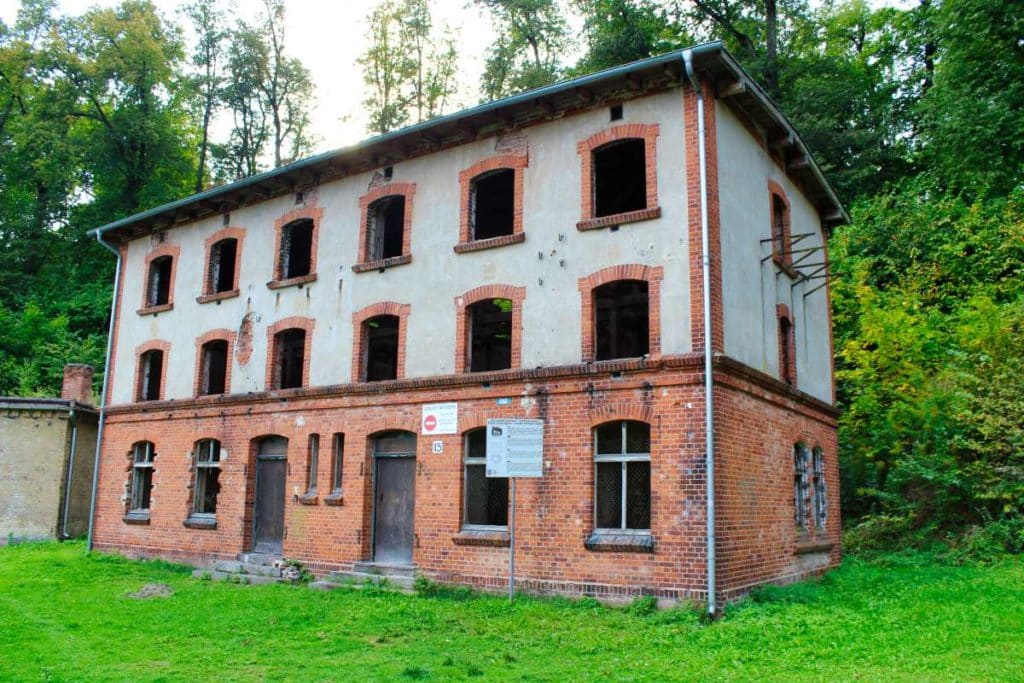
What else is there to see today?
Quite a lot! The fortress today is still in remarkable condition considering its age, even overgrown areas of the almost 2.5 km long outer walls are excellently preserved. Today, you can easily walk through the area on three routes and see the exhibitions that are housed here. You should definitely take a map with you at the entrance to avoid getting lost and plan two to three hours for the visit.
As you can see from the pictures, unfortunately not all buildings are in good condition. Some of the restored places house modern exhibitions, for example, on the history of the site or with military vehicles. But others are slightly dilapidated and covered with graffiti. However, it’s fun to just take a look around and explore the huge area. There is literally something to see at every corner, and the mix of half-ruined facilities and restored buildings has its charm.
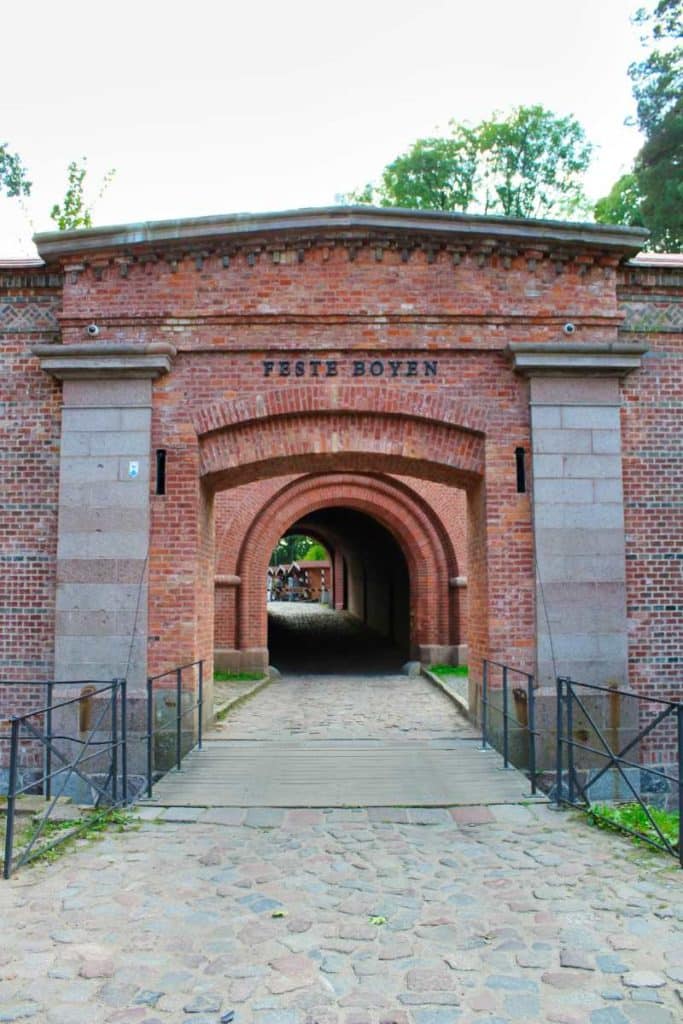
Your visit to Boyen Fortress
In August, by the way, monumental demonstrations are held here and in the surrounding area, commemorating the battles in East Prussia during the First World War. In summer, the fortress is open daily from 9 a.m. to 6 p.m., the entrance fee is only 15 złoty, in winter you can even get in for free, but then the entrance is only possible till 3 p.m. On the website you can get more information about the complex. There is also an amphitheater, where various events take place.
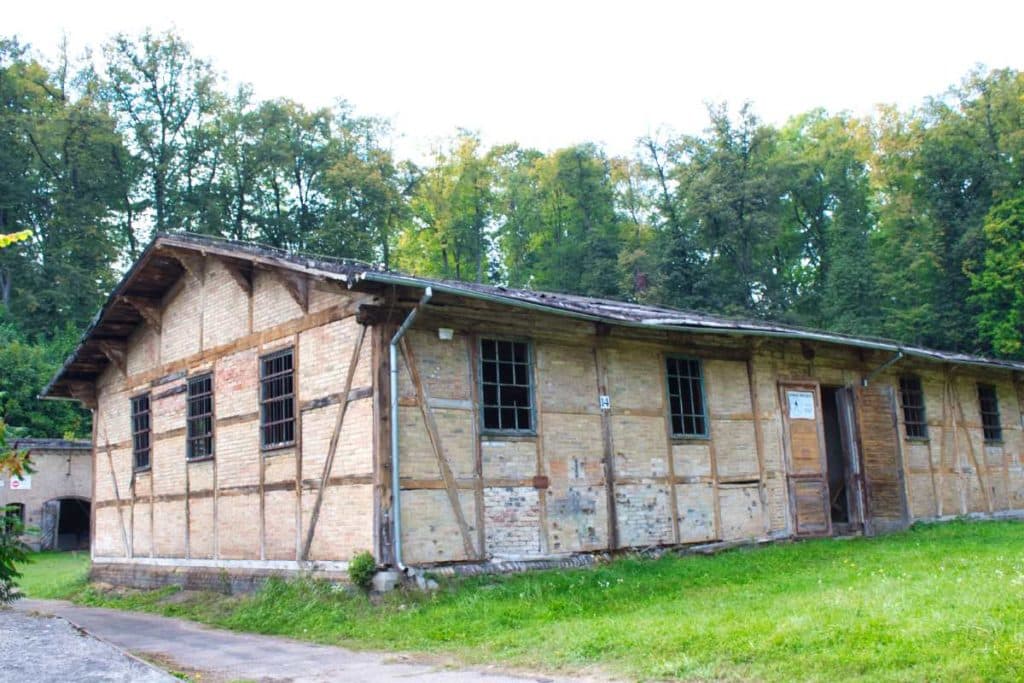
Book recommendations
You want to learn more about Masuria and the history of the region? Then the following books are just right for you!
- Kossert, Andreas (Author)
Classic tour guide about Poland, that of course also contains a lot of information on the Masurian lakes
This book focuses solely on Masuria, its nature and its architecture and is an ideal preparation for your trip
- Kaupat, Mirko (Author)
This book covers the area in all its facettes and is bilingual (Polish and English)

